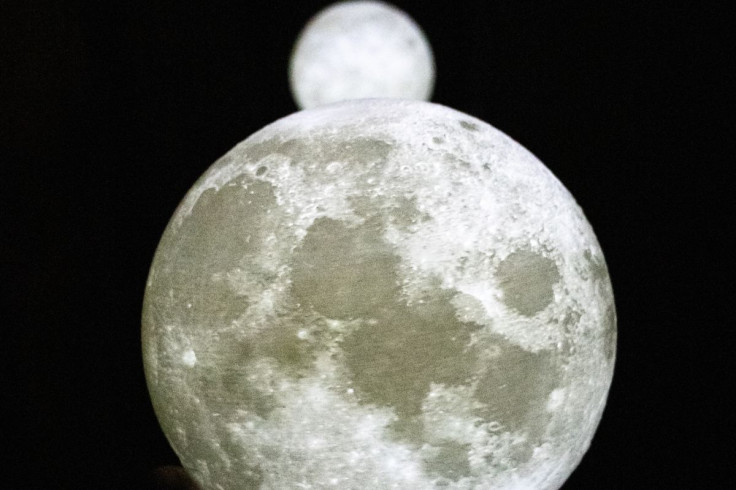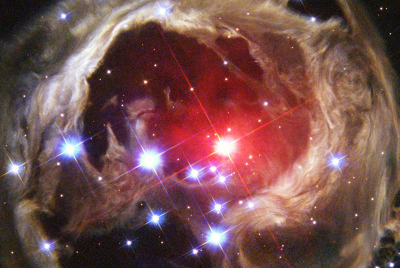The Earth Two Moon Theory Is Real - But Is It Dangerous? Here Are Possible Scenarios If Quasi Celestial Body Starts Affecting Us
These temporary companions are tiny and pose no gravitational or collision risk, experts say

The idea that Earth might have a second moon has long fascinated astronomers and captivated online audiences, with viral posts and speculative blogs fuelling claims of a mysterious celestial companion.
Scientific observations show that Earth does not possess a stable second moon, though astronomers have identified smaller objects known as quasi-satellites and 'minimoons' that share its orbit or are briefly captured by its gravity.
These faint companions are real but fleeting, and far smaller than the moon. Renewed tracking of near-Earth objects has revived interest in how such bodies behave and whether they could ever exert a measurable influence on our planet.
Quasi-Satellites and Minimoons
Astronomers distinguish between true moons, which are permanently bound to a planet, and quasi-satellites or minimoons, which are not. Quasi-satellites orbit the Sun in roughly the same period as Earth, appearing to travel nearby while remaining independent. One well-known example is 469219 Kamoʻoalewa, a small rock that has followed Earth's path for centuries, according to the Planetary Society.
Minimoons are smaller bodies temporarily captured by Earth's gravity, such as the asteroid 2020 CD3, which orbited the planet for about 13 months before returning to solar orbit. Another candidate, the 19-metre-wide 2025 PN7, is now being tracked as a potential quasi-moon, NASA reports. These discoveries show that natural companions can exist near Earth, though none approach the Moon's mass or permanence.
Could They Affect Earth?
Known quasi-moons and minimoons pose no threat. Their orbits are stable, their masses minimal, and their gravitational effects negligible.
If a larger object were ever to drift closer, several highly improbable outcomes have been theorised. A gradual orbital shift could, over many millennia, cause subtle gravitational changes. A collision or near-miss might lead to localised damage if the object were large enough, though such events are considered extremely unlikely. Minor effects on the Moon's own orbit are theoretically possible but would be imperceptible due to its dominant mass.
A 2025 modelling study suggested that fragments ejected from the Moon by ancient impacts might evolve into co-orbital bodies occasionally shadowing Earth. If any such fragments were stable and sufficiently massive, they might slightly influence the Earth–Moon system, although this remains speculative and unproven.
Why the 'Second Moon' Idea Persists
The belief in a second moon predates modern astronomy and has appeared in mythology, folklore and science fiction for centuries. Despite its cultural appeal, there is no scientific evidence to support the existence of a permanent companion comparable in size or influence to the Moon.
True moons require a stable gravitational bond and significant mass, which current astronomical observations would easily detect. Quasi-satellites, by contrast, are temporary visitors whose orbits eventually diverge from Earth's path.
Earth just got a temporary sidekick! Meet 2025 PN7, our "second moon" asteroid that's been secretly orbiting alongside us since the '60s. It's tiny (think city bus-sized) and won't crash—promise from NASA. It'll stick around until 2083. Too faint to spot without a big telescope,… pic.twitter.com/MQkM9hsE5M
— AJY ALLEN (@hall55294566) October 21, 2025
Earth was recently discovered to have a small comet following its orbit technically making it a second moon that will remain with us until approximately 2083.
— 《Titus Redwind》 🔞 (@TitusRedwind) October 23, 2025
Watch Earth’s newest quasi-moon in motion. 🌍🌀
— Tony Dunn (@tony873004) October 21, 2025
The new paper “Meet Arjuna 2025 PN7” confirms #asteroid 2025 PN7 is trapped in a quasi-satellite orbit, looping around Earth (in a rotating frame) from the 1960s to the 2080s.
https://t.co/mFg1sFeQtl pic.twitter.com/2AOirhnsb9
Science and the Reality
Alternative theories, including claims that the Moon or an unseen companion is artificial, have been dismissed by decades of seismic, gravitational and orbital data. Such research reinforces the conclusion that no hidden or artificial body exists in Earth's orbit.
Earth can host quasi-moons and minimoons, but these are small, transient objects with no measurable impact on the planet. Their movements are well understood and continuously tracked by astronomers. While speculation about a 'second moon' continues online, the scientific consensus remains clear that any new celestial companion would be detected long before it could ever pose a threat to Earth.
© Copyright IBTimes 2025. All rights reserved.





















